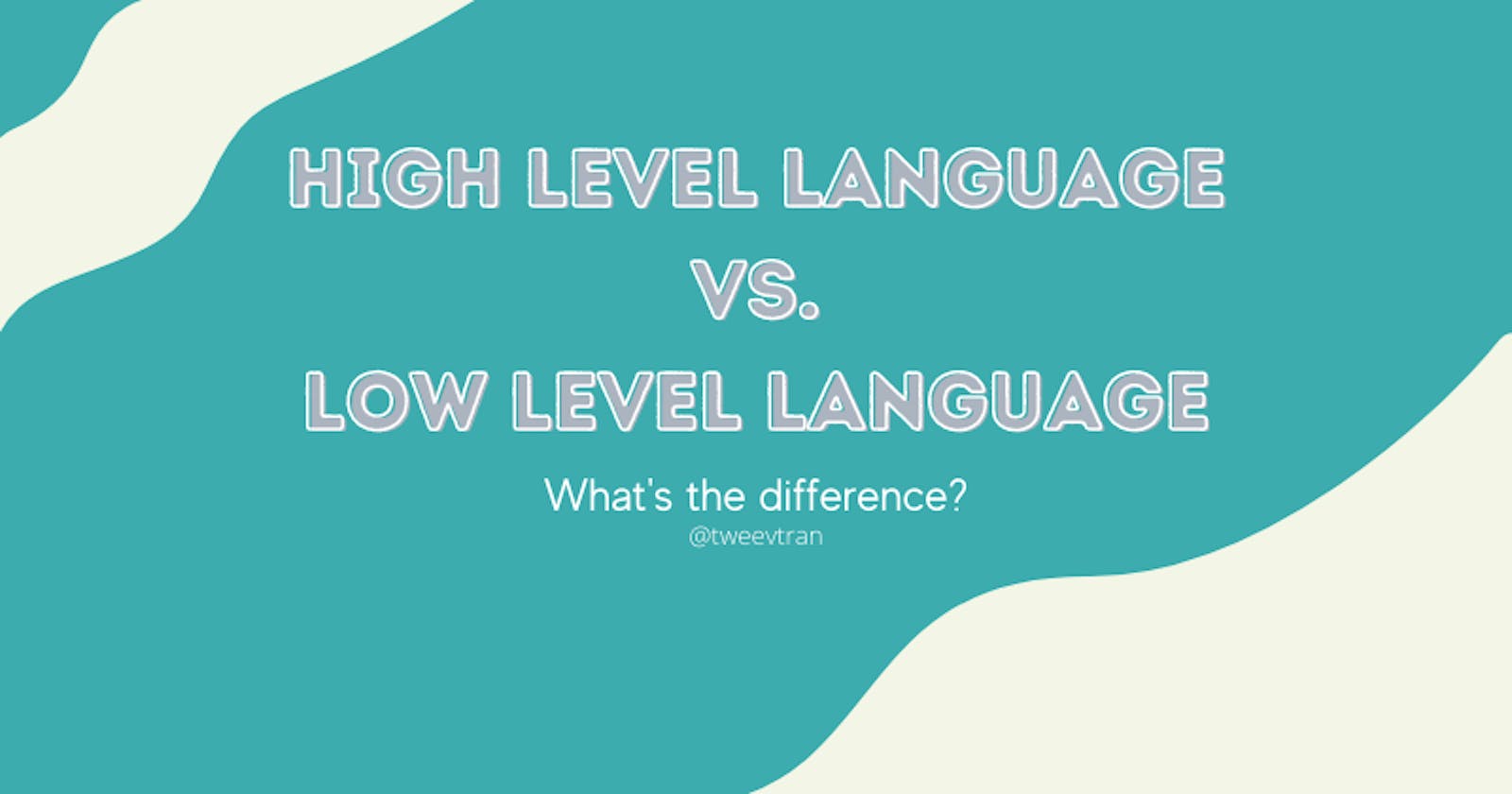High-Level Language VS. Low-Level Language: What's the difference?
One talks to the computer, and one talks to you
When it comes to programming languages, there are two main categories. The two categories are high-level language and low-level language. But what's the difference? Why does it matter? Well, that depends on what you want to do as a programmer.
Table of Content
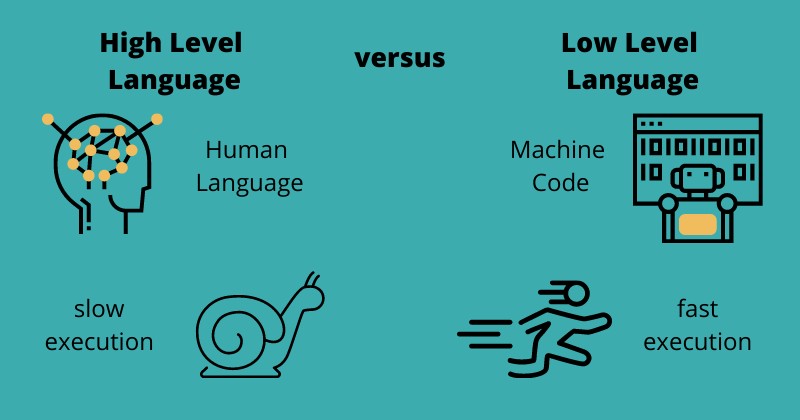
High-Level Language
A high-level language is most commonly used among programmers due to its easy usability. It uses an interpreter, or compiler to translate from human language (such as English) to machine code (such as binary) .
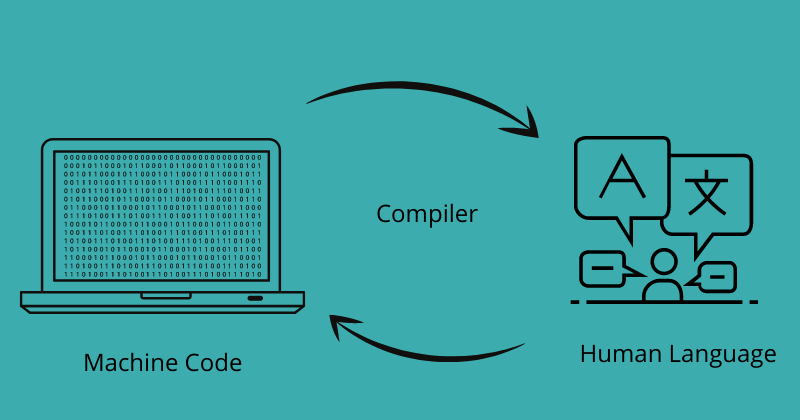
Popular programming languages such as
- Java
- JavaScript
- Python
- etc...
are all high-level languages because they are independent of machines. There are many benefits to using high-level languages. A few are being easy to understand, debug, and simple to main the program. The most common usages of high-level language are in web development and mobile application development.
- Web development uses JavaScript, CSS, and HTML to create sites.
- Mobile apps use Java, JavaScript, Swift, etc.
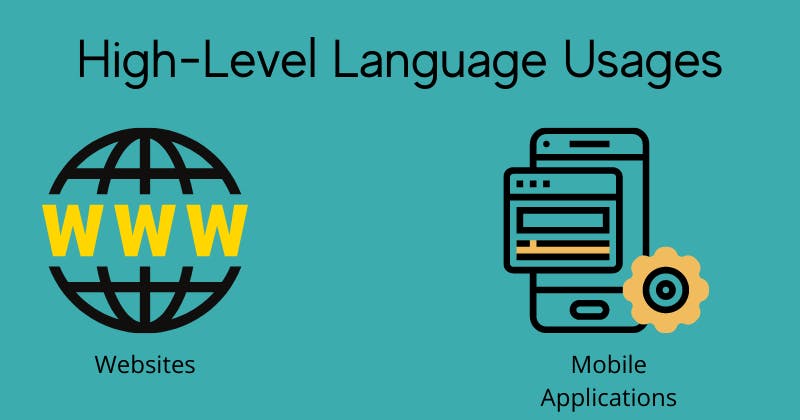
However, high-level languages have a low execution time and take up a lot of space in the memory disk. If you were ever programming and wondered why it's taking forever for the code to execute it's one of the reasons why.
In the end, if you're interested in front-end, back-end, or full-stack web development, programming any sort of application, or a beginner to programming. A high-level language is the best for those situations.
Low-Level Language
A low-level language focuses more on communicating directly to the computer. Instead of using a compiler to translate the human language to machine language. The assembly languages go through an assembler and linker to be translated into machine language. Just like high-level language, however, low-level language-focused more on computer architecture.

The main usage of low-level languages is operating systems and computer architecture.
An operating system is system software that is between the user interface and computer hardware. A couple of examples of operating systems are:
- Android
- Microsoft
- Apple OS
- Linux
You don't have to worry about trying to create an assembly program (x86) that creates a control-c command to end a program. The operating system already does that for you.
While computer architecture focused more on the computer system which involves a lot of CPU, RAMS and uses assembly instruction as implementation.
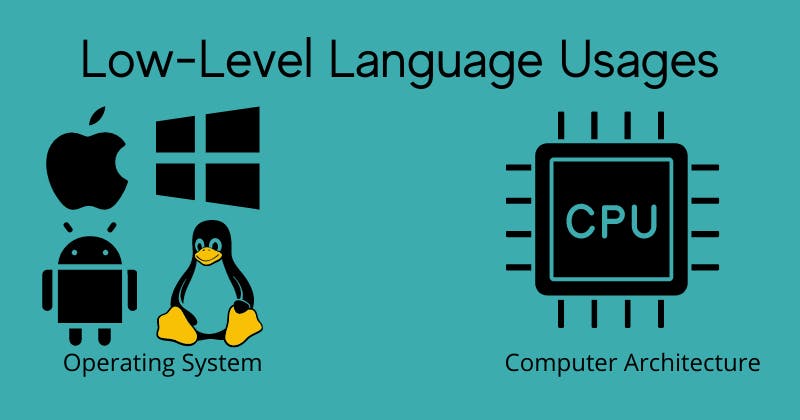
The benefit of using low-level language is the efficiency in both speed and memory storage. Not only that but there is no need for any compiler to translate which is one of the reasons why it is faster.
The downside of using low-level language is the difficulty to be able to maintain it and grasp the idea behind it. There's a reason why many computer science majors find computer architecture and/or operating system classes difficult. The major downside for me is the difficulty of trying to debug and how easy it is to make errors.
But if you are interested in how a computer works at its core then low-level programming is for you.
What about C?
C, the programming language that everyone seems to debate about when it comes to putting it in either low or high-level language. Depending on the context it can be considered a low or high-level language. If you compared C to assembly (x86) it is considered a high-level language. But if you compared it to Java, python it's a low-level language.
C is a unique programming language where it can be considered a middle-level language. However, Dennis Ritchie, the creator of the language, wrote in his book that C is a low-level language.
Conclusion
I hope I give a high-level explanation (get the joke?) of the difference between high-level programming language and low-level programming language. You can find me on Twitter for more of my computer science and economics-related tweets. I hope you enjoyed the article!

